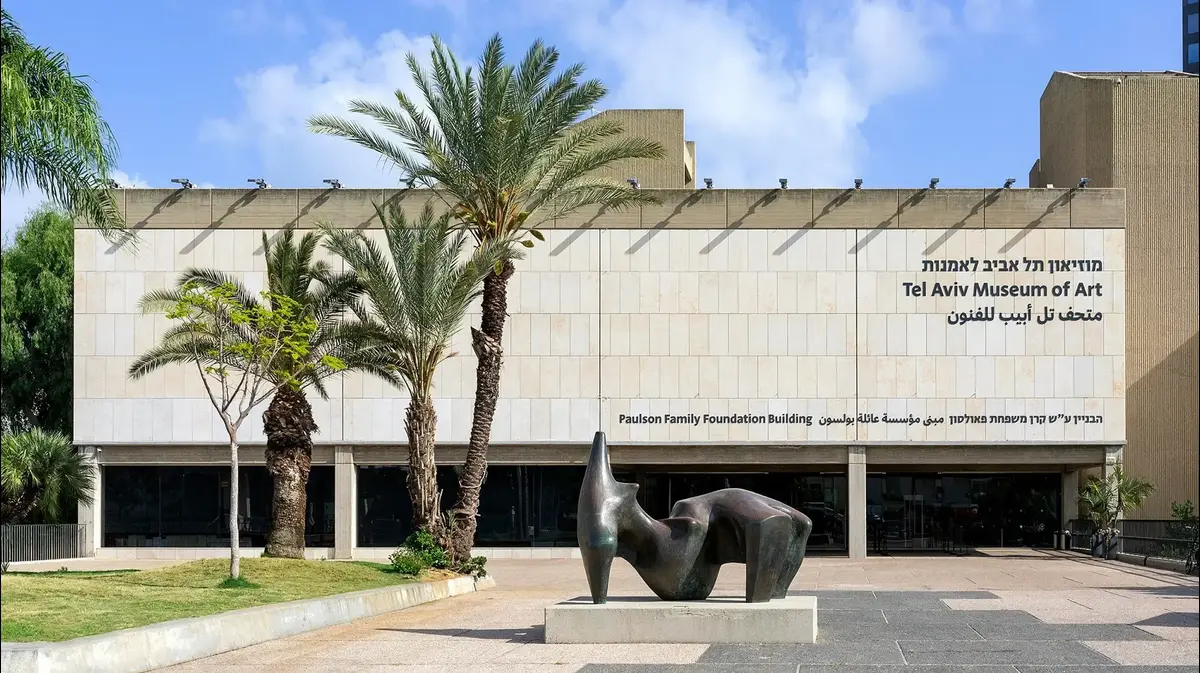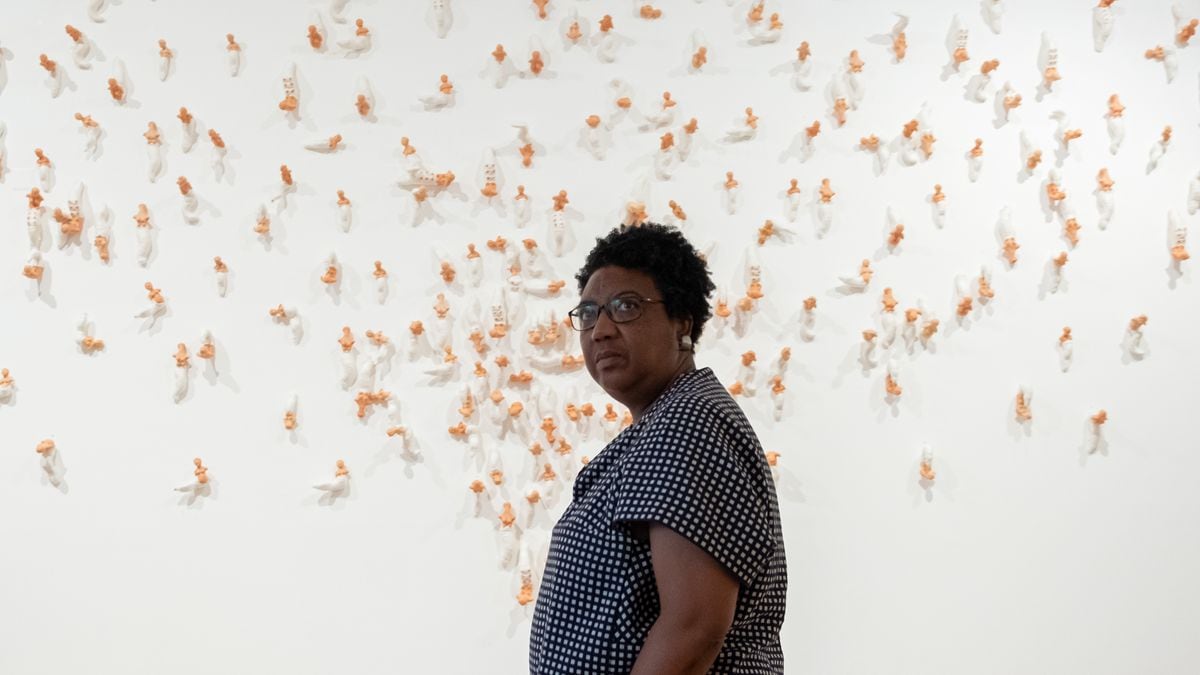They are discrete visitors, but decisive in the economy of art. The directors and curators of Spanish and international museums also circulate these days through the corridors of Arco. They are interested in some works, ask prices at stands and write names on their books. From these lists arise the works that we will see, in the future, in the halls of the art centers. For example, the Reina Sofía Museum yesterday closed the purchase of 12 pieces by artists such as Cabello / Carceller, Sara Ramo, Victoria Gil, Daniela Ortiz or Ana Buenaventura, acquired at the fair for a total value of 206,000 euros.
Like the Madrid museum, other great art institutions have attended the fair. The MoMA in New York has sent its curator of Latin American art, Argentina's Inés Katzenstein. "My visit has a double dimension: to participate in an intellectual discussion with other curators and to refresh my vision by discovering artists I didn't know," he says. In the case of the New York museum, purchases never occur immediately. "I write names on my list, but it is a long and very consensual process. Our procurement committee only meets twice a year," says Katzenstein.
After passing through the fair, the proposals of the commissioners pass the filter of these committees, which decide which works are essential to complete the gaps that exist in their collections. The president of the Pompidou Center in Paris, Serge Lasvignes, is another regular at the fair. "In Arco we see works that do not abound in other places, especially with regard to the Latin American scene, which we do not always know as we should," says Lasvignes, although on the first day of the fair his interest was focused on Romanian artists. The deputy director of the Parisian museum, Catherine David, also attends the fair with the mission of weighing possible additions to her collection. "I do not come with the intention of buying at all costs, but to expand our knowledge and discover works that are not in the top 50. Arco has that dimension. It is a different fair model from Art Basel and Frieze, which has contributed to the development of contemporary art in Spain ".
For its part, Cuauhtémoc Medina, chief curator of the University Museum of Contemporary Art of Mexico, will not buy anything in this edition, but he has done a survey of names for future exhibitions. "For example, it was at this fair where I discovered the work of Lara Almarcegui, whom I then invited to participate in the Liverpool Biennial," he recalls. Medina also acquired different works at Arco when he was curator of Latin American art at Tate Modern. Fernando Bryce's work in his collection, Archive Studies (2005), was purchased after being discovered at the Madrid fair.
For his part, the director of Macba, Ferran Barenblit, has been attending this event since 1995. "We do not buy directly from Arco, but from Arco. For a museum, it is essential to go to the fairs to take the market temperature , although then we work with great serenity. We never make compulsive purchases, "he says. His predecessor in that position, Bartomeu Marí, who now heads the Lima Art Museum, points out that the interval that separates the discovery of a work in a stand of his purchase "varies greatly, depending on how accessible or inaccessible it is."
According to the gallery owners present at the fair, for large purchases, a minimum of one year must be counted, unless the acquisition has been handled before. "It is a slow process, because purchasing committees meet in a spaced way. Institutional sales represent a smaller percentage than private collections, but they give us great visibility," says Claudia Llanza, of the Travesía Cuatro gallery, which has processed the sale of the work of Sara Ramo to Reina Sofía. The gallery owner Elba Benítez, who was talking at the fair about a work by Carlos Bunga with the director of the Serralves Museum in Porto, Philippe Vergne, believes that these types of visitors are key to building the career of his artists. "Sometimes, long-term rewards are more important, even if there are no immediate sales." Bunga will exhibit this year in Toronto, Vienna and London. In all cases, the curators of these samples discovered their work at a fair.




/cloudfront-eu-central-1.images.arcpublishing.com/prisa/TQZBOKCBUZFHZPEX2X4N7IR6GI.JPG)
/cloudfront-eu-central-1.images.arcpublishing.com/prisa/OMA4UFCHWBCAJBF6ZSPZWE4ARQ.jpg)

/cloudfront-eu-central-1.images.arcpublishing.com/prisa/G25QJTMEVNDTJGXURP4WWATSNM.jpg)







